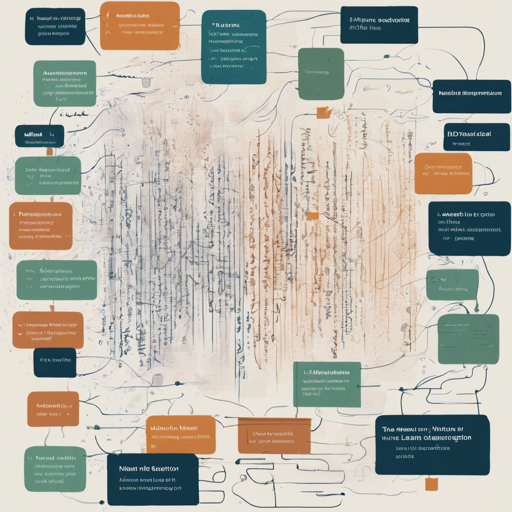In the world of artificial intelligence and deep learning, the ability to mimic handwriting styles opens up a plethora of applications, from personalized note generation to artistic projects. One-DM (One-shot Diffusion Mimicker) offers an innovative solution for stylized handwritten text generation by requiring only a single style reference sample. Let’s dive into how to leverage this powerful tool for your projects!
Understanding One-DM
Before getting hands-on, it’s helpful to understand what One-DM does. Imagine you’re an artist trying to replicate a friend’s unique handwriting based on just one note they wrote you. Without the right techniques, it can be challenging, especially if their style is complex. One-DM acts like a talented artist, using high-frequency components from the reference sample to accurately replicate the writing style while filtering out distracting elements from the background. This innovative approach allows for higher quality outputs with significantly fewer input samples, proving to be ten times more effective than conventional methods!
Setting Up One-DM
Follow these steps to get your environment ready:
- Create and activate a conda environment:
conda create -n One-DM python=3.8 -y conda activate One-DM - Install all dependencies:
conda env create -f environment.yml
Downloading Datasets
One-DM requires datasets to function properly. You can find the English datasets here:
Once downloaded, unzip the files and move them to the “data” directory.
Using the Model Zoo
To get started with One-DM, you will need to download the pre-trained models:
- Pretrained One-DM Model:
- Pretrained OCR Model:
- Pretrained Resnet18:
After downloading, ensure to move the weights to the model zoo.
Training and Testing
Once your environment is ready and your models are in place, you can either train or test your model using the following commands:
To train on the English dataset:
CUDA_VISIBLE_DEVICES=0,1,2,3 torchrun --nproc_per_node=2 train.py --feat_model model_zoo/RN18_class_10400.pth --log EnglishTo finetune:
CUDA_VISIBLE_DEVICES=0,1,2,3 torchrun --nproc_per_node=4 train_finetune.py --one_dm .Saved/IAM64_scratch/English-timestamp/model_epoch-ckpt.pt --ocr_model .model_zoo/vae_HTR138.pth --log EnglishTo test:
CUDA_VISIBLE_DEVICES=0,1,2,3 torchrun --nproc_per_node=4 test.py --one_dm .Saved/IAM64_finetune/English-timestamp/model_epoch-ckpt.pt --generate_type oov_u --dir .Generated/EnglishTroubleshooting
If you encounter issues during setup or execution, consider the following troubleshooting tips:
- Ensure that all paths in your commands match the directories where you placed your models and datasets.
- Check your conda environment; make sure it is activated before running scripts.
- Make sure you have the necessary GPU and CUDA drivers installed if you’re utilizing GPU acceleration.
For specific errors, consult the logs generated during training/testing to identify and rectify the issue. For more insights, updates, or to collaborate on AI development projects, stay connected with fxis.ai.
Conclusion
At fxis.ai, we believe that such advancements are crucial for the future of AI, as they enable more comprehensive and effective solutions. Our team is continually exploring new methodologies to push the envelope in artificial intelligence, ensuring that our clients benefit from the latest technological innovations.

